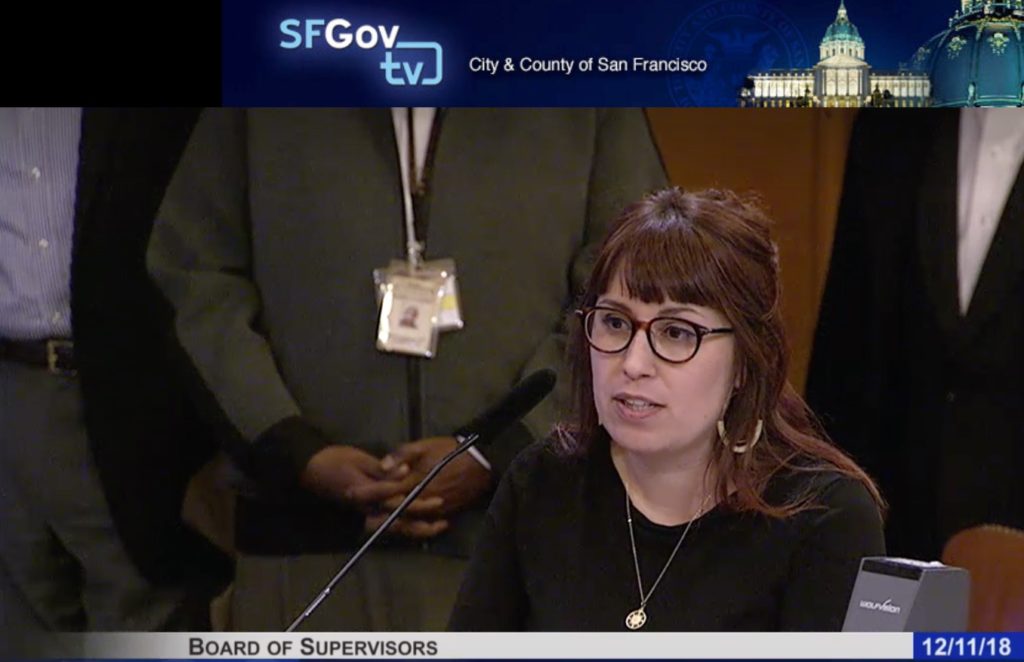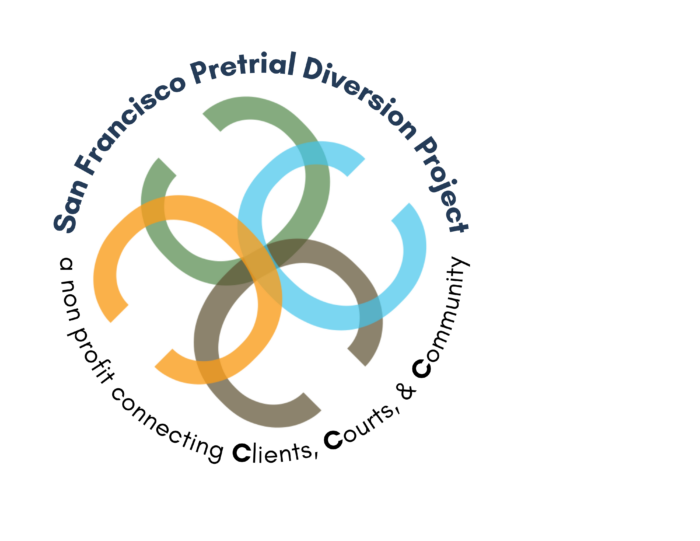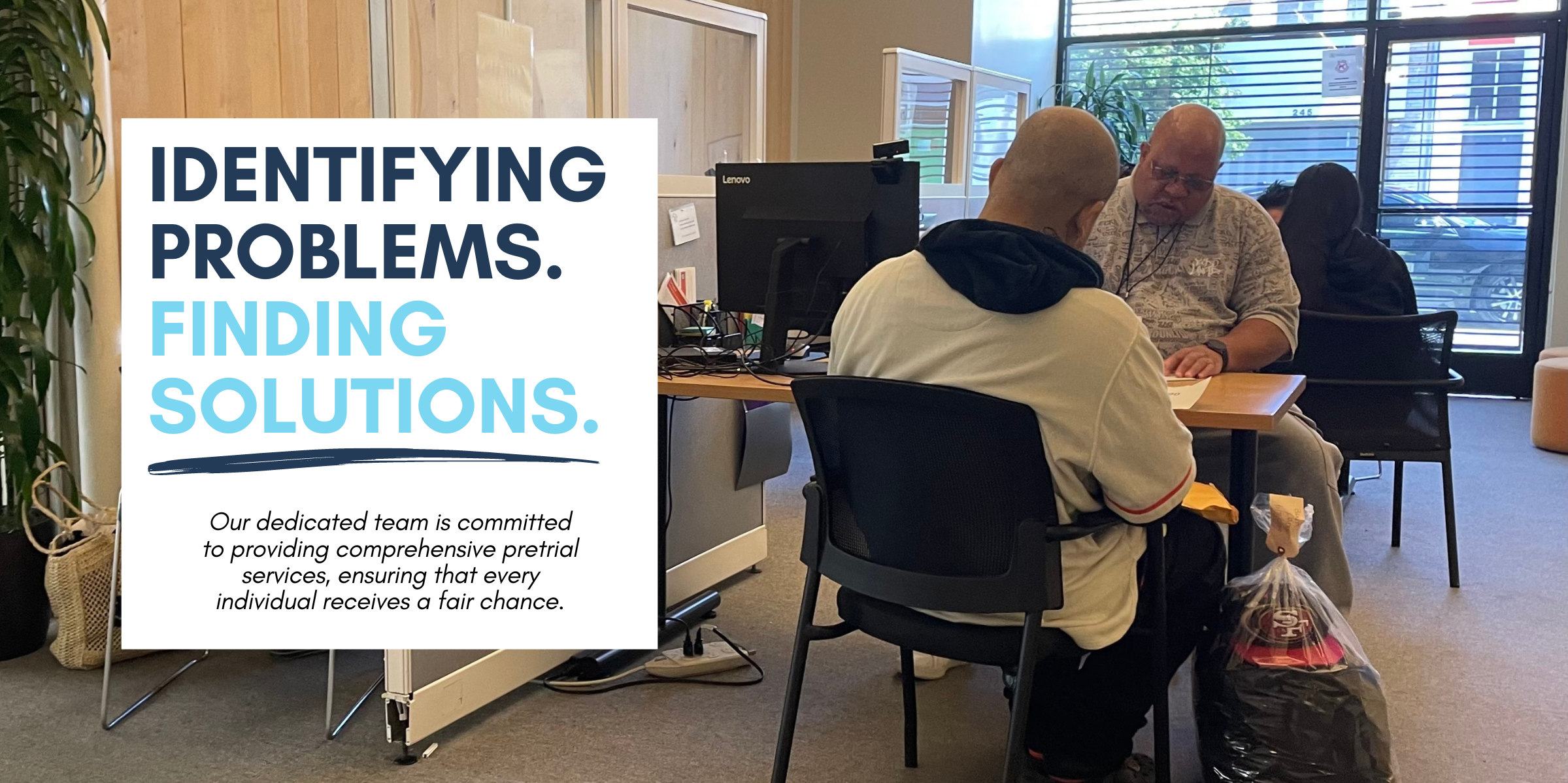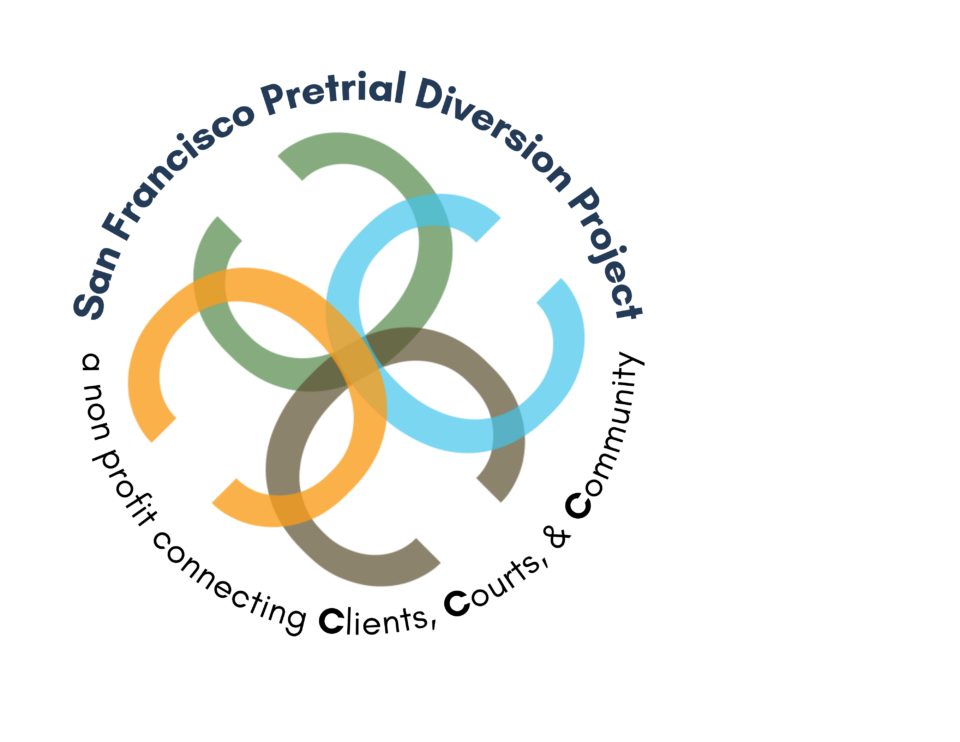Fairness & Equity are Paramount – Alisha Alcantar Tomovic Testimony to the San Francisco Board of Supervisors on 12/11/18

I am here to urge the Board of Supervisors to adopt the resolution urging the Mayor’s Office to maintain the structural independence of the Pretrial Services Programs in San Francisco.
While I am grateful for the progressive movement towards a more equitable pretrial system that the California legislators designed with SB10, I believe that a truly equitable and independent pretrial system is one where the process is not lead or applied by a law enforcement body, but an agency with deep understanding of the legal and ethical principles that underlie pretrial services. This is not to say that law enforcement agencies do not or cannot abide by legal doctrine, or make equitable decisions. But there are fundamental differences in the application of pretrial services and law enforcement services such as probation.
Probation is a criminal sanction, focused on rehabilitation and long-term impact on criminal behavior in lieu of incarceration – it is a sentence. The presumption of pretrial release is a constitutional right, a protected regulatory process that is limited to the pretrial period. It is a process that is a logical extension of the presumption of innocence. These differences lead to clearly distinguishable operational practices that necessitate a working knowledge and application of pretrial principles. Misapplication or commingling of these principles and operations can lead to inequitable outcomes. San Francisco has consistently been on the forefront of transparent, equitable, and collaborative social change. I urge you to maintain this process and provide a platform to model these shared values for our communities in San Francisco.
*Whereas in San Francisco, since its inception in April 2016, the PSA Tool has identified approximately 20% of defendants as “high-risk” – meaning the release is not recommended due to risk score.
“Who Are You Calling Unfair?” An Online Discussion of Pretrial Fairness
Below are links to an on-line discussion about pretrial services, dignity, respect and fairness as it relates to the work of SF Pretrial and other agencies involved with the Pretrial Justice Institutes Smarter Pretrial training series.
“The concept of procedural justice invokes the idea that treating people in a humanizing and respectful manner is not only the right thing to do, but can improve the effectiveness and transparency of an organization. Unfortunately, on too many occasions we have seen pretrial processes that reflect anything but these values.
The San Francisco Pretrial Diversion Project (SF Pretrial) selected procedural justice as their subject of Smarter Pretrial technical assistance. According to SF Pretrial, the ultimate goal of employing procedural justice was to “make the pretrial justice system more navigable, transparent, and humanizing for justice-involved populations.” As part of their efforts, for example, SF Pretrial designed written information about their program that was clearer and more complete, as well as in both English and Spanish. SF Pretrial also began including principles of procedural justice in their staff training, emphasizing eye contact, engaged demeanor, openness to questions, and clear communications.
The potential for procedural justice to help create a new paradigm of pretrial justice could be significant. SF Pretrial implemented procedural justice-informed changes during the same time as the Humphrey decision and conversations around pretrial justice via SB 10 so it is impossible to directly attribute specific causes, but four key measures—judicial concurrence rates, release rates, appearance rates, and public safety rates—showed improvements after the implementation of procedural justice concepts. Other studies have shown that treatment courts that employ procedural justice have improved rates of completion.“
Comment on Rules – 4.10 & 4.40
Standards for pretrial release (ABA1, NAPSA2, CAPS3) recommend a careful limitation in the collection and use of information provided to the court in assisting the pretrial release decision to objective and reliable factors relevant to risk of flight or danger posed by the defendant and to release conditions responsive to these risks. This limitation is designed to provide due process to those accused of crime, securing defendants for trial, and protecting victims, witnesses and the community. As such, these factors should be empirically related to flight or crime during the pretrial period and not factors whose subjective interpretation result in inconsistent application of policy across jurisdictions and defendants. In the proposed Rules 4.10 and 4.40, this limited scope of information collection during the investigation process is not sufficiently addressed.
Rule 4.10(b)(3) and 4.10(c)(1) appear to be in direct contradiction as they relate to pre- arraignment release. Rule 4.10(b)(3) states that the Risk Score is not determinative, but is a relevant factor in assessing whether an individual can be released, the appropriate conditions of release and appropriate responses to violations and whether a person has overcome the presumption of detention outlined in sections 1320.13(i) or 1320.20(a). While this rule addresses release determination at arraignment, it fails to address the potential inconsistency across jurisdictions with which the risk level may preclude release prior to arraignment. This is due to the fact that each jurisdiction may choose different risk assessment tools, thus risk score levels could be different across jurisdictions even with the same risk factors considered. This means, in one county, a risk level may be sufficient to hold an individual in custody up until their arraignment court date, whereas in another county they may be eligible for pre- arraignment release. Rule 4.10(c)(1) states that the Pretrial Assessment Services and the court must not use the risk score as the sole basis to detain or release an individual.
Lastly, including interview-dependent factors in the investigation could lead to disparate outcomes on two fronts: first, insufficient language capacity for interviewing defendants could delay or impede assessment and release at the earliest point possible; second, consideration of socio-economic status as a proxy for race or ethnicity or as a barrier to release, only recapitulates the inequalities that SB10 is designed to eliminate. In San Francisco County, 43% of households speak a primary language other than English at home4, and of these households, 20% speak English less than “very well”. If interview-dependent risk factors are required for investigations and to submit assessments in a timely manner, each jurisdiction will need to require sufficient language capabilities in order to fairly and efficiently conduct assessments on all defendants eligible for release.
Similarly, consideration of risk factors like housing and employment, while important to the assessment of needs, could either directly or proximately relate to race, ethnicity, and/or socioeconomic status and could lead to disparate outcomes based on these population categories. These risk factors may only potentially be relevant under 4.40(c) and used to assist the Pretrial Assessment Services in crafting release conditions that support appearance at court and protect public safety, but carefully limited in that availability of services to support is not considered as a factor to deny release (Rule 4.40(c)(8)).


